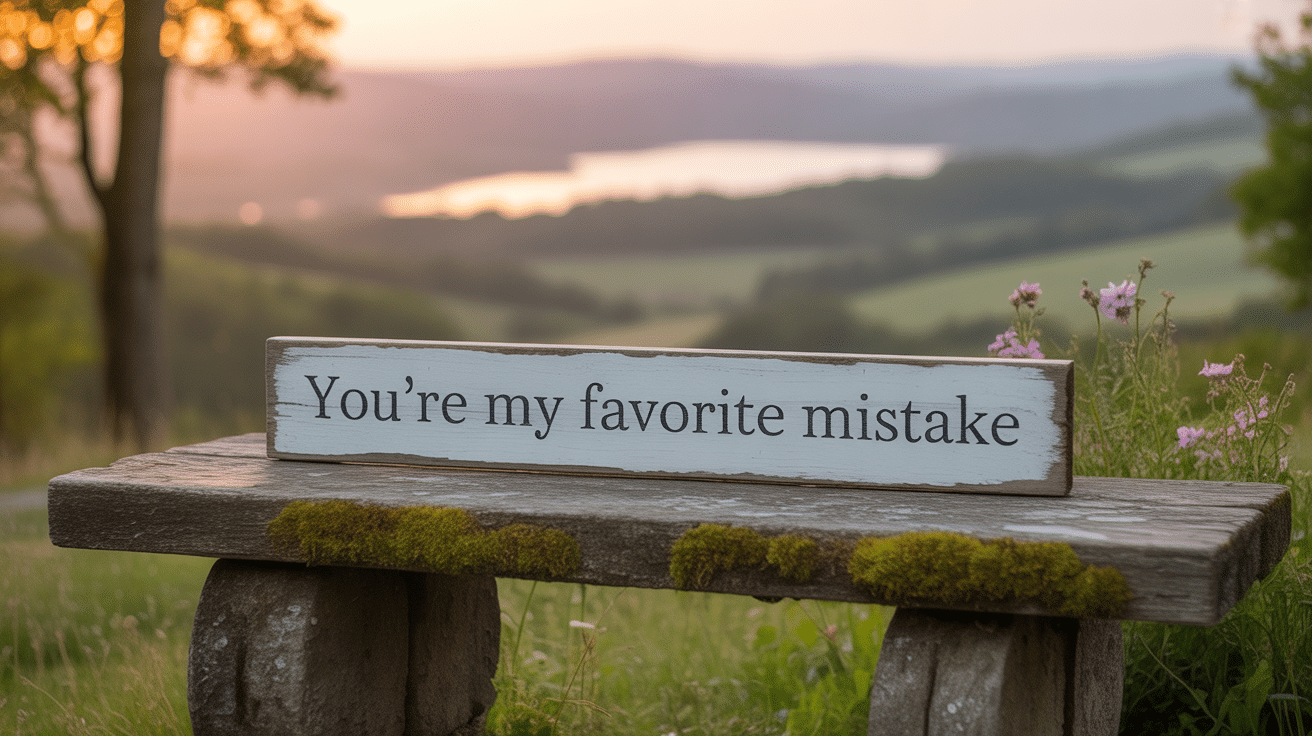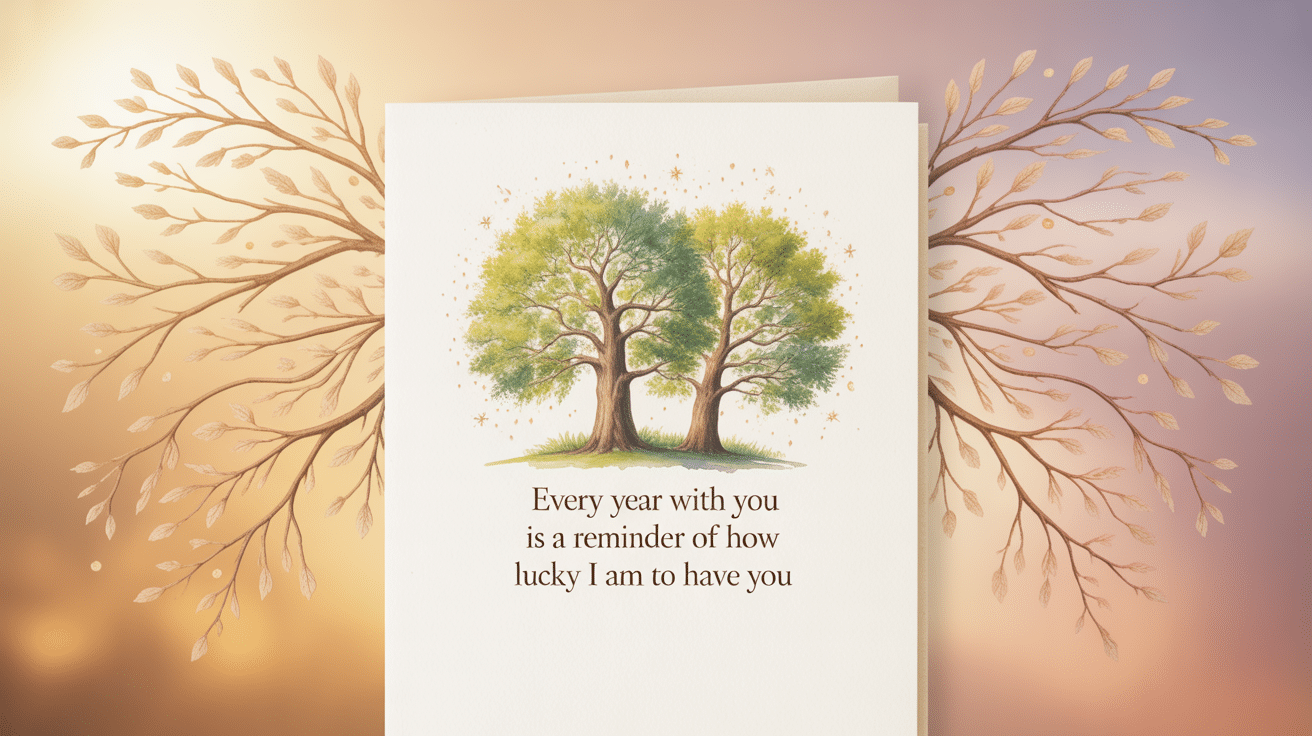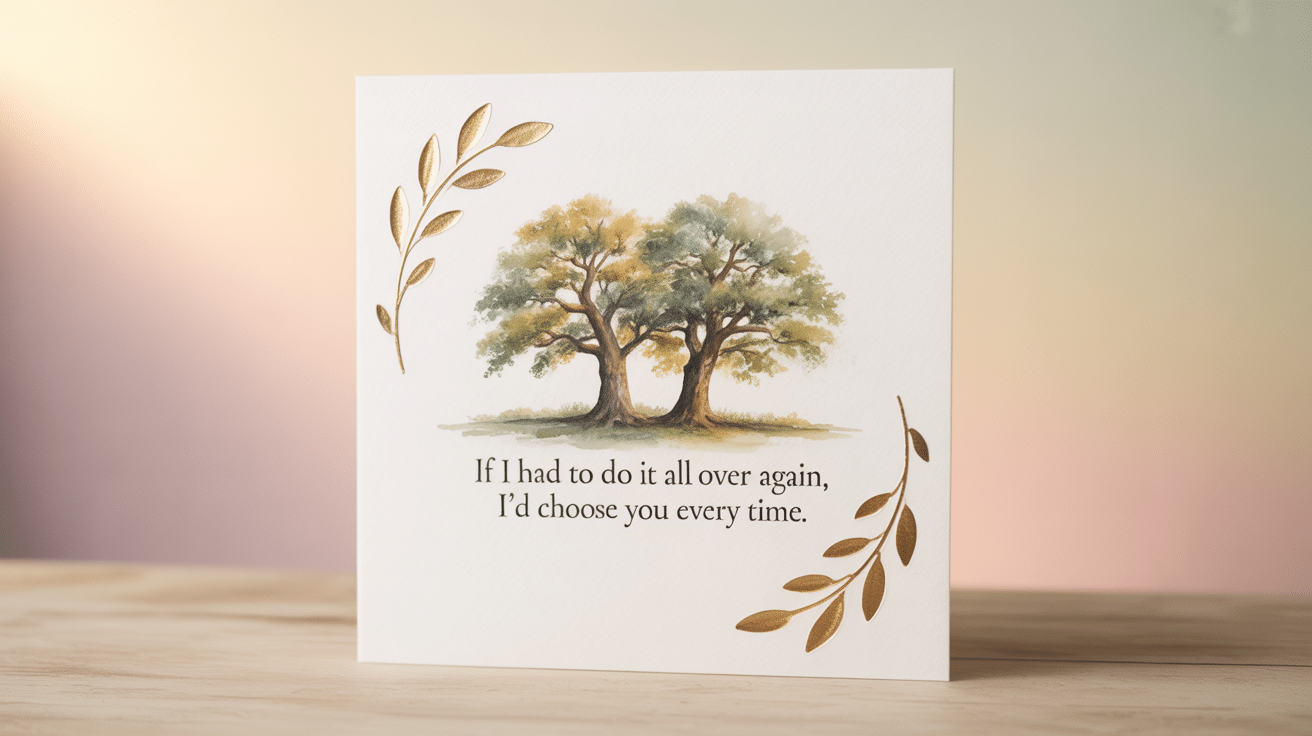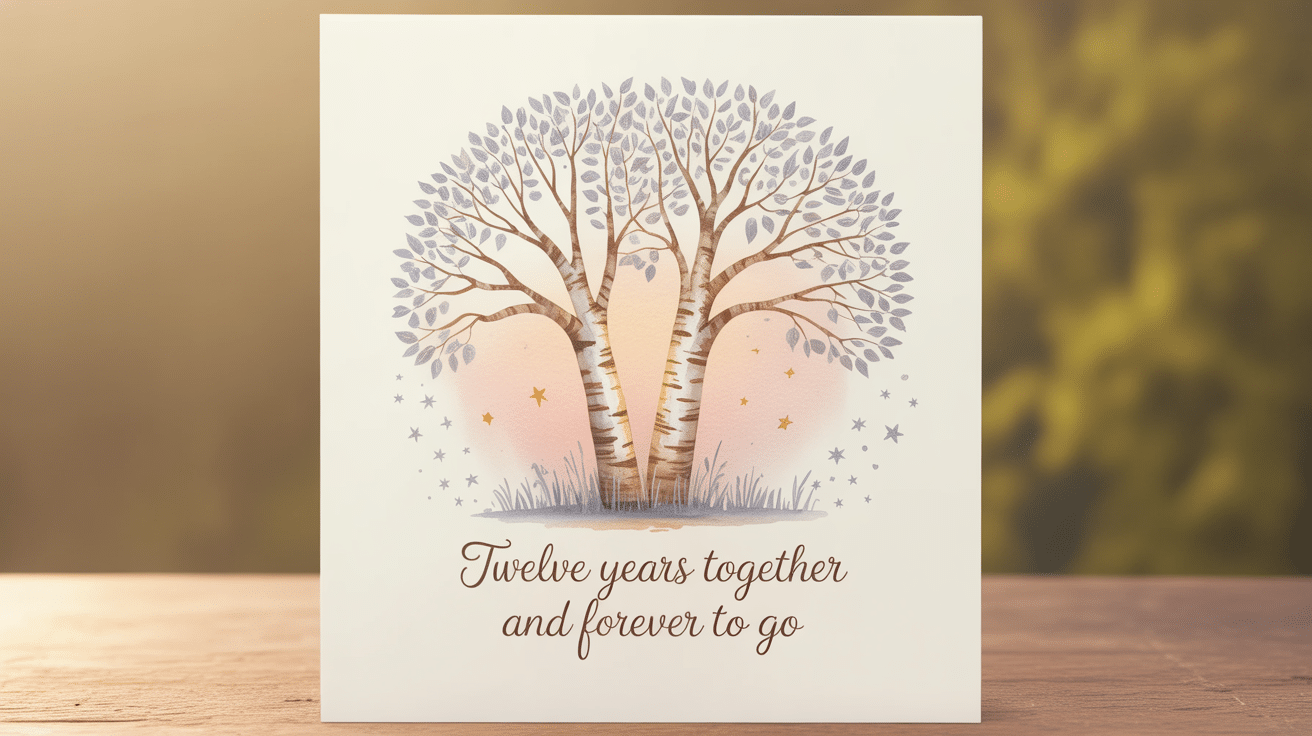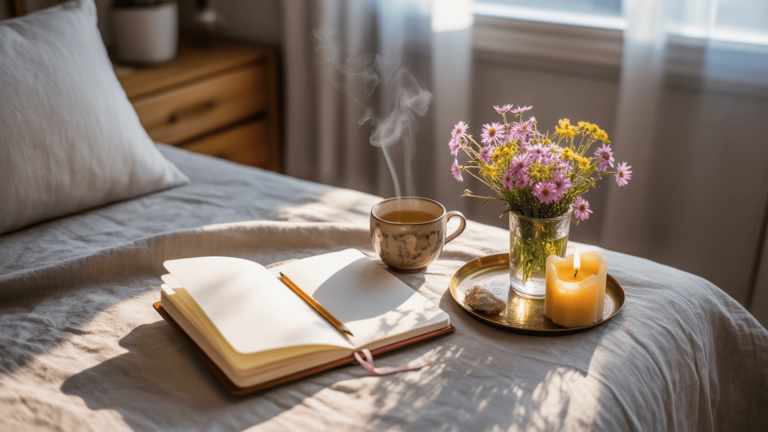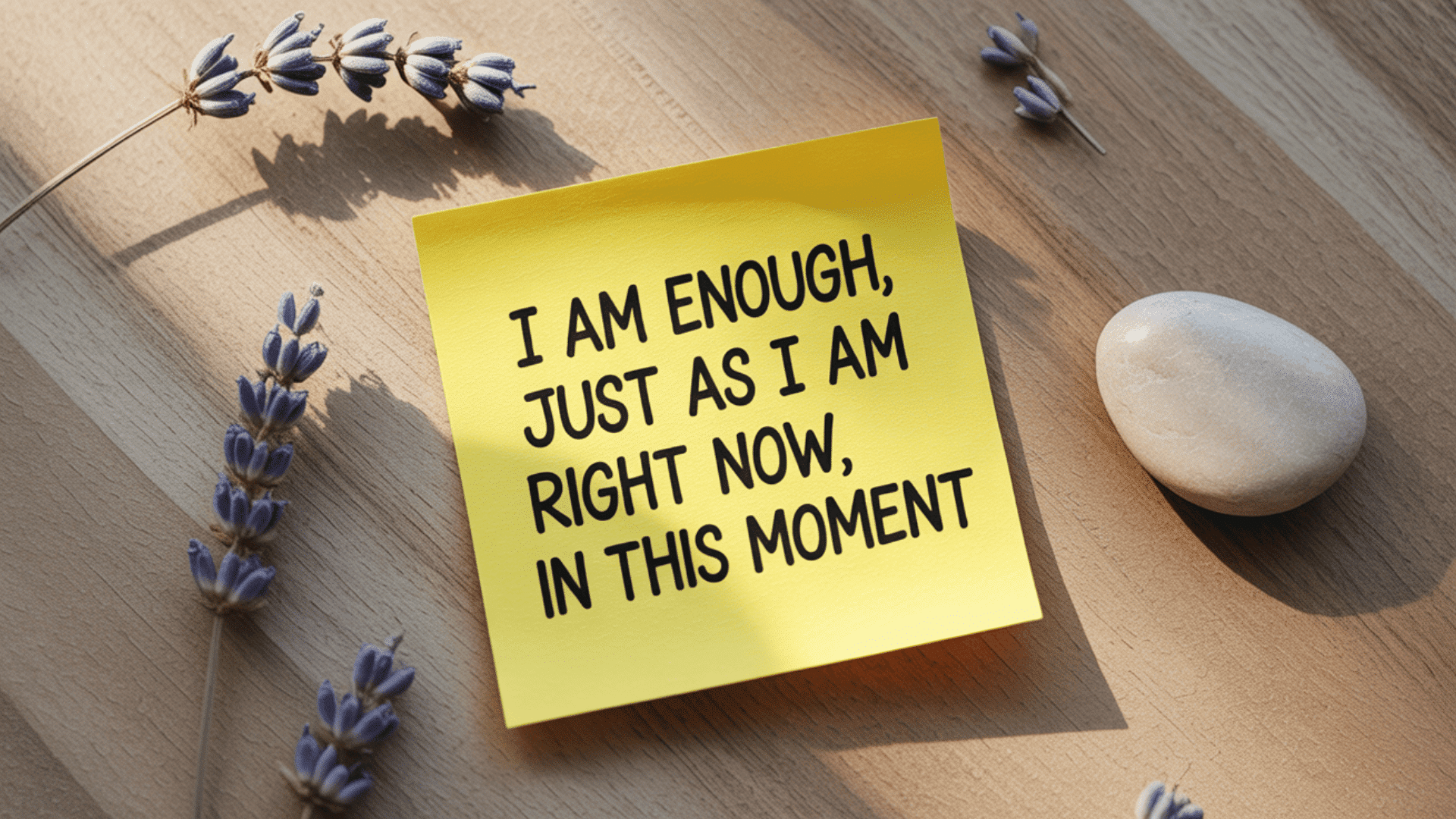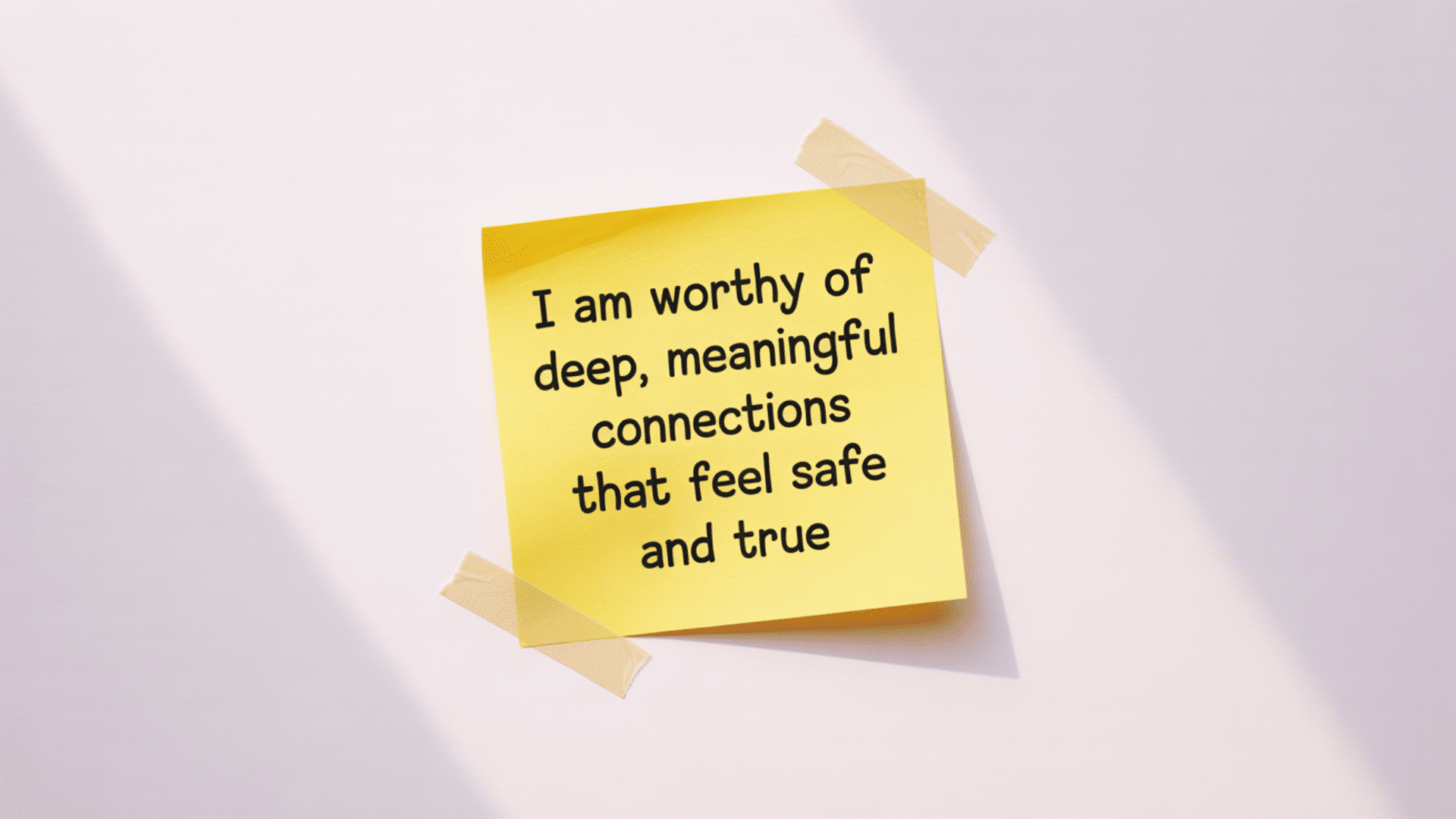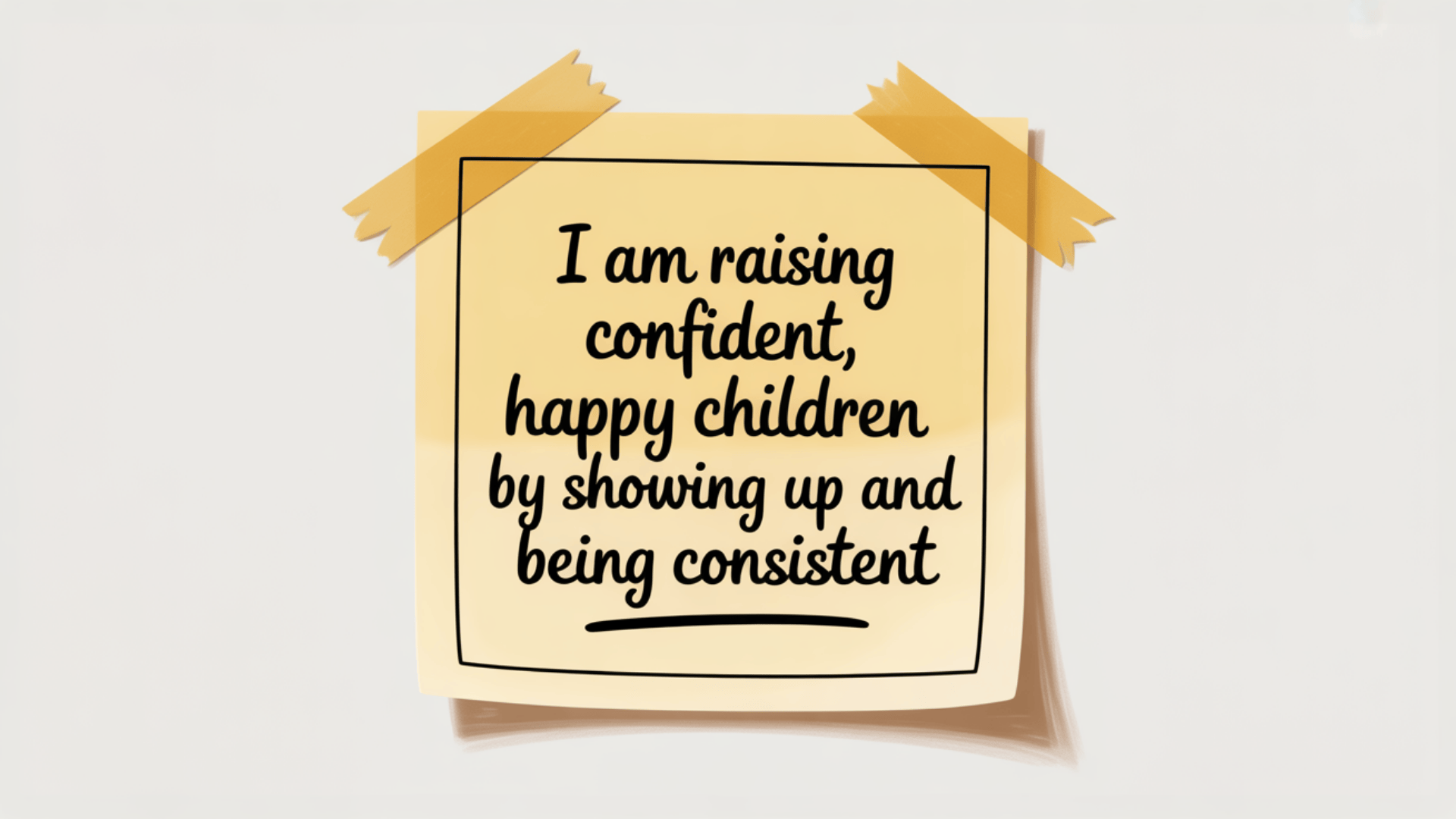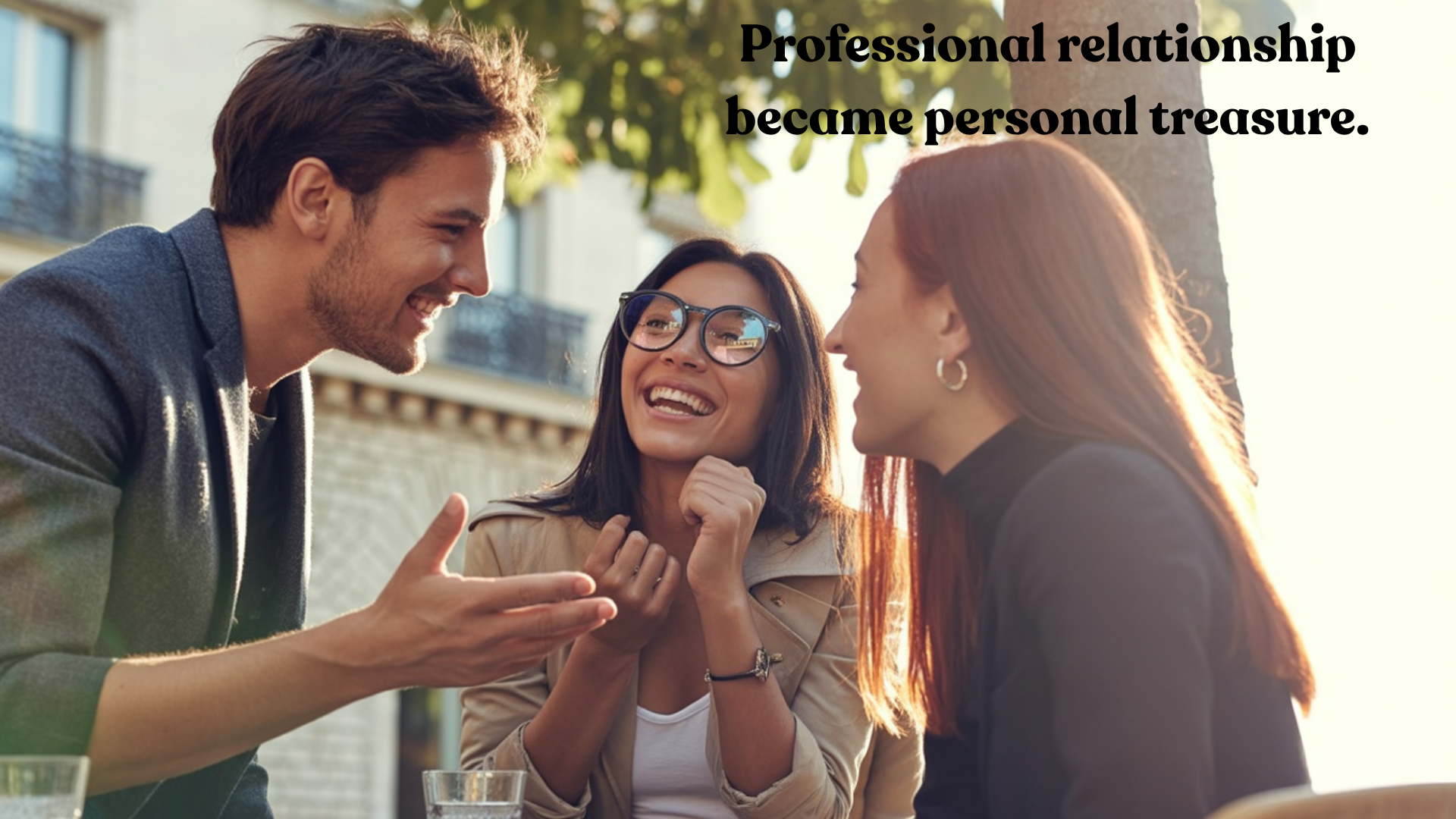Does your partner’s smile make your heart skip a beat? Humor serves as the secret ingredient that keeps relationships vibrant and full of joy.
When couples share laughter together, they create memories that last a lifetime while strengthening their emotional connection.
Love and laughter truly complement each other, forming the foundation of healthy, happy partnerships. These carefully selected quotes will bring genuine smiles to his face and brighten even his toughest days.
If he’s dealing with work stress or needs a mood boost, the right funny message can turn his entire day around and remind him why your relationship is so special.
Importance of Humour In a Relationship
Sharing humor with your partner creates numerous benefits that extend far beyond simple entertainment. Laughter releases endorphins, reducing stress and promoting overall well-being for both individuals.
When couples laugh together regularly, they develop stronger communication skills and learn to handle challenges with a lighter perspective.
Funny quotes and playful banter help maintain intimacy during busy periods when quality time feels scarce. These moments of shared joy create positive associations with your relationship.
Additionally, humor helps couples resolve disagreements more effectively by diffusing tension and encouraging compromise. Regular laughter strengthens your bond and keeps the romance alive.
Silly and Sweet Funny Love Quotes
Laughter and love go hand in hand, so here are some playful quotes to brighten his day.
-
“You stole my heart, but I’ll let you keep it, just promise not to lose it!”
-
“I love you more than pizza… and that’s saying a lot.”
-
“If I had a penny for every time I thought of you, I’d be rich by now.”
-
“You’re the peanut butter to my jelly, so sweet and a little nutty.”
-
“I think we’re meant to be, like a spoon and fork. Perfectly paired!”
-
“You’re my favorite distraction… and I’m not complaining!”
-
“I love you even when you leave socks everywhere… it’s just part of your charm.”
-
“You had me at ‘hello,’ but I didn’t know you’d keep me forever!”
-
“I’m not arguing, I’m just explaining why I’m right… but I love you anyway!”
-
“You make my heart do somersaults… and it’s always a fun ride!”
-
“I’m not a photographer, but I can totally picture us together forever.”
-
“Do you believe in love at first sight, or should I walk by again?”
-
“If kisses were snowflakes, I’d send you a blizzard.”
-
“You make me laugh so hard, I think I’m developing abs!”
-
“Every time I see you, my heart skips a beat; kind of like a bad rhythm!”
-
“You’re the only reason I can’t concentrate on anything else.”
-
“If I had to choose between you and chocolate, I’d choose you… but it would be close.”
-
“You’re the reason I smile like a fool in public.”
-
“You are my favorite notification!”
-
“You must be made of copper and tellurium, because you’re Cu-Te!”
-
“You had me at ‘let’s get pizza.'”
-
“I’m addicted to you, and I’m not seeking help.”
-
“Are you French? Because Eiffel for you.”
-
“You make my world brighter… and slightly more chaotic in the best way!”
-
“If love is a battlefield, I’m glad to be on your side.”
-
“I’d share my fries with you, but don’t expect a second chance!”
-
“You’re like a cloud… when you’re around, everything feels right.”
-
“If being in love was illegal, I’d be happily arrested.”
-
“I love you more than all the stars in the sky, and I’m pretty sure there are a lot.”
-
“You’re my favorite notification, even when it’s just to remind me to take out the trash.”
-
“I’m not a mathematician, but our love adds up perfectly!”
-
“Is your name Google? Because you have everything I’ve been searching for.”
-
“I’m not saying I’m perfect, but I’m pretty close, especially when I’m with you!”
-
“You are the reason I giggle like a schoolgirl when I think of you.”
-
“Every time you smile, I swear I hear angels singing.”
-
“I love you more than Netflix, and that’s saying something.”
-
“You’re the only one I’d share my snacks with, and that’s a huge deal.”
-
“You’re the only person I want to be stranded on a deserted island with.”
-
“You make every moment worth it; because it’s with you.”
-
“I’m not perfect, but I’m perfectly in love with you.”
-
“You make my heart race, and I’m not talking about a marathon.”
-
“If you were a vegetable, you’d be a cute-cumber!”
-
“I love you like a fat kid loves cake.”
-
“You’re the cheese to my macaroni!”
-
“Life without you is like a pencil without lead; pointless.”
-
“I’m the luckiest person in the world… because you’re mine.”
-
“Our love is like a roller coaster… terrifying at times but always thrilling.”
-
“You are the smile to my face and the twinkle in my eye.”
-
“You’re the reason I can’t keep a straight face even during serious moments.”
-
“You’re like a cup of coffee: warm, comforting, and highly addictive.”
-
“I love you more than Wi-Fi… and that’s saying a lot.”
-
“I’m not saying I’m a superhero, but I am pretty great at saving you from your own bad decisions.”
-
“You’re my favorite mistake.”
-
“You complete me… but I still can’t find my other sock!”
-
“I love you more than I love sleep, and that’s a pretty big deal.”
-
“I’d be lost without you, mostly because I can’t find my keys half the time.”
-
“You’re the reason I laugh at the worst possible times.”
-
“I love you more than pizza, and that’s a bold claim.”
-
“You’re like a software update; always fixing things I didn’t know were broken.”
-
“I love you even though you have the worst taste in movies.”
-
“I’m not always right, but when I’m with you, I’m usually right.”
-
“You make me happier than the first sip of coffee in the morning.”
-
“I love you more than Netflix, but don’t tell Netflix that.”
-
“You’re the reason I spend hours on YouTube searching for random facts.”
-
“I love you so much, I’d even share my fries with you.”
-
“You’re the reason I laugh at the most inappropriate moments.”
-
“I love you more than chocolate, but not more than pizza.”
-
“You’re the reason I put up with all your weirdness. I’m just trying to be a good partner.”
-
“I love you like a fat kid loves cake, but I’ll probably still eat all the cake.”
-
“You had me at ‘I can’t find my keys.'”
-
“I can’t believe I found someone who loves sarcasm as much as I do!”
-
“You’re the one person I’m willing to share my fries with, but don’t get used to it.”
-
“I love you more than I love my bed on a Sunday morning.”
-
“You’re the reason I can never take a serious photo.”
-
“I love you more than I love a good nap, and that’s a lot.”
-
“I’m not saying you’re perfect, but I wouldn’t mind seeing you try to be.”
-
“You’re the reason I always have something funny to say… and sometimes it’s about you!”
-
“I’m not saying I’m a genius, but I’m pretty sure I’m the best decision you’ve ever made.”
-
“You make me laugh so much, I forget what I was mad about.”
-
“You’re the first thing I think about when I wake up, and the last thing I think about when I can’t sleep.”
-
“You’re my favorite weirdo.”
-
“I love you, but I also love not being told what to do.”
-
“I’m not a magician, but I can make your bad day disappear with my jokes.”
-
“You’re the reason I laugh at inappropriate moments… I blame you for my awkwardness.”
-
“I love you so much, but I still can’t find my shoes!”
-
“You’re the only one I’ll tolerate on long car rides, mostly because you make bad traffic bearable.”
-
“I love you more than pizza… but I’m not giving up my slice.”
-
“I love you, but I still think I could survive a week without you—maybe.”
-
“You’re like a cloud; when you’re gone, everything feels a little less fun.”
-
“I love you more than I love silence… and that’s a big deal.”
-
“You’re the reason I spend more time with you than with my phone.”
-
“I love you so much, but I still don’t want to share my snacks.”
-
“You make my life way more interesting; mostly because of your bad dance moves.”
-
“I love you more than naps… and that’s saying a lot!”
-
“You’re the only one I want to share my bad habits with.”
-
“I love you more than pizza… and I’d never share that with anyone!”
-
“I’m not perfect, but I’m pretty sure I’m your perfect person.”
-
“You’re my favorite distraction… and I don’t even mind.”
-
“I love you more than my comfy sweatpants. And that’s hard to beat.”
-
“I’m sorry for the things I said when I was hungry, but I’m not sorry for loving you.”
-
“You had me at ‘hello,’ but you’ll keep me forever with pizza.”
-
“You’re like a cloud; when you disappear, I feel like it’s going to rain.”
-
“You’re the peanut butter to my jelly, even when you’re a little nutty.”
-
“I love you more than I love sleeping in on a Saturday, and that’s a lot.”
-
“I’m not sure where we’re going, but I’m glad I’m going there with you.”
-
“I love you more than chocolate… and I really love chocolate.”
-
“I’d give up my morning coffee for you… but I wouldn’t give up my second cup.”
-
“I love you more than ice cream… and that’s saying something.”
-
“You’re the ketchup to my fries… I just can’t live without you.”
-
“You + Me = Forever kind of math.”
-
“You are the reason I smile at my phone every time I get a text.”
-
“If I could rearrange the alphabet, I’d put U and I together.”
-
“You’re my favorite weirdo… but you’re my weirdo.”
-
“I love you more than the last cookie in the jar, and that’s saying a lot.”
-
“You make me laugh so hard, my stomach hurts, but I don’t mind.”
-
“I love you more than naps, and that’s hard to beat.”
-
“You’re the macaroni to my cheese. We just go together.”
-
“I love you more than pizza, and that’s a dangerous thing to say.”
-
“You’re like a Wi-Fi signal; you make everything in my life better.”
-
“I love you more than chocolate, and I love chocolate like it’s my job.”
-
“You’re my favorite ‘hello’ and my hardest ‘goodbye.'”
-
“You are my sunshine on the cloudiest days.”
-
“If I had a dollar for every time I thought of you, I’d be rich by now.”
-
“I love you more than coffee, but don’t tell coffee.”
-
“You make my heart skip a beat; literally, I think it’s broken.”
-
“You’re like a treasure chest, and I’m the lucky one who found you.”
-
“I love you more than pizza… and I could eat pizza for breakfast.”
-
“I’d do anything for you, except give up my fries. Those are sacred.”
-
“You’re the avocado to my toast, and I’m not even mad about it.”
-
“I love you more than Netflix; and that’s a pretty big deal.”
-
“You’re the peanut butter to my jelly, and I can’t imagine life without you.”
-
“I love you more than my phone, and that’s saying something.”
-
“If I was a superhero, you’d be my sidekick, and I’d be totally okay with that.”
-
“You make me feel like I’m walking on sunshine; even when it’s cloudy.”
-
“If love were a crime, I’d be doing life for you.”
-
“I love you more than a pizza delivery on a rainy day.”
-
“I’m not saying you’re perfect, but you’re pretty close, and I’m not mad about it.”
-
“I love you more than my morning coffee; well, almost.”
-
“You’re my better half, even if I do steal the covers every night.”
-
“You make every day brighter, even if you steal all the blankets.”
-
“You’re the answer to all of my ‘where’s my phone’ questions.”
-
“I love you like I love naps; always, with no questions asked.”
-
“I’m not sure if I’m your favorite, but you’re definitely my favorite.”
-
“I love you more than a good book, and I really love books.”
-
“You make me laugh like I’m watching my favorite comedy show.”
-
“You’re the ketchup to my fries, the butter to my toast, and the love of my life.”
-
“I’m glad I found you; if I hadn’t, I’d probably be stuck with someone else who doesn’t know how to laugh like you.”
-
“You’re the pizza to my heart, and I’m never sharing my slice.”
-
“I love you more than I love naps, and that’s saying something; because I really love naps.”
-
“You’re the love of my life and the worst decision I’ve ever made, but I’d never change it.”
-
“You’re the reason I’m both happy and slightly crazy… and I’m okay with that.”
-
“I love you more than pizza, and that’s hard because pizza never disappoints.”
-
“You make my heart race… and I’m not just talking about when we run out of snacks.”
-
“You’re the reason I laugh when I’m trying to be serious.”
-
“I love you more than the Wi-Fi. And that’s a BIG statement.”
-
“You’re the reason I check my phone 47 times a day for no reason.”
-
“I love you like a fat kid loves cake; just a little too much!”
-
“If I were to describe our relationship in one word, it would be ‘chaos,’ but in a good way.”
-
“I love you more than I love my bed… and that’s saying something.”
-
“I can’t imagine life without you… mostly because I can’t find my keys without you!”
-
“You’re the reason I never get anything done; because I’m too busy thinking about you.”
-
“I love you more than all the pizza in the world… and that’s saying a lot.”
-
“You’re like a remote control to my life; when you’re gone, everything’s out of control.”
-
“I don’t need therapy, I just need to be with you. You’re my happy place.”
-
“You make me laugh even when I’m trying not to.”
-
“I love you more than I love my dog, and that’s a pretty big deal.”
-
“You’re the one I want to stay up all night with… or at least until Netflix asks if I’m still watching.”
-
“I love you more than I love weekends… and that’s a huge compliment.”
-
“You’re my person; always there, even when I’m 100% sure I left my wallet at home.”
-
“I love you like a squirrel loves acorns; non-stop and a little obsessively.”
-
“You make my life more fun… mostly because you make everything ridiculous.”
-
“You’re the peanut butter to my jelly, but I’m pretty sure I’m the jelly.”
-
“I love you more than I love my favorite song; and I really love that song.”
-
“You make me laugh so much that I might need an ab workout to keep up.”
-
“You’re the reason I smile at the most awkward times.”
-
“I love you more than I love cookies… and I really, really love cookies.”
-
“If you were a vegetable, you’d be a cute-cumber.”
-
“You’re like a puzzle I can never quite figure out, but I like it that way.”
-
“I love you so much, I’d let you have the last slice of pizza… maybe.”
-
“You’re the reason I still believe in magic, even when it’s just you finding the TV remote.”
-
“I love you more than chocolate cake… and that’s a bold statement.”
-
“You’re my favorite notification, even if it’s just reminding me to do chores.”
-
“I love you more than Netflix… and that’s saying something because I love Netflix.”
-
“You’re the reason I laugh at my own bad jokes.”
-
“I love you more than I love lazy Sundays, and that’s saying a lot.”
-
“I’ll always choose you over pizza; unless it’s really good pizza, then I’m not so sure.”
-
“I love you more than caffeine; and that’s a major compliment.”
-
“You make everything better, even when we’re just sitting in silence.”
-
“I love you like a squirrel loves nuts; constantly and obsessively.”
-
“You’re the reason I can’t focus on anything else except being with you.”
-
“I love you more than ice cream, but please don’t test me on that.”
-
“You make my heart race; mostly because I can never find my keys when I need them.”
-
“I love you more than all the desserts combined, and that’s saying something!”
-
“You’re the reason I’m smiling right now, even though I’m trying to be serious.”
-
“I love you more than pizza, but don’t make me choose between the two.”
-
“You’re the reason I’ve turned into a morning person (sort of).”
-
“I love you more than I love being alone; just kidding, I’m an introvert, but you’re cool.”
-
“You’re the peanut butter to my sandwich, and I’m the jelly that makes it interesting.”
-
“I love you like I love coffee; strong and comforting, with a little kick.”
-
“You’re the best thing in my life, and I’m not just saying that because I’m hungry.”
-
“I love you more than I love Netflix… but don’t test me on that.”
-
“You make my life as fun as a random dance party in the living room.”
-
“I love you more than food… and that’s saying something because I really love food.”
-
“You’re the reason I smile like a fool, even when I’m not trying.”
-
“I love you more than I love my cozy bed, and that’s a serious commitment.”
-
“You’re my favorite distraction, but I can’t complain about it.”
-
“I love you more than I love sleeping in on Sundays.”
-
“You make my life more interesting, like a reality show; except you’re the star.”
-
“I love you more than donuts, and that’s a tough one to beat.”
-
“You’re the reason I laugh at the most inappropriate times… and I’m okay with that.”
-
“I love you more than I love scrolling through memes, and I really love memes.”
-
“You’re the peanut butter to my jelly; without you, I’m just bread.”
-
“I love you so much, I would even share my fries with you.”
-
“You’re the reason I can’t take a serious photo anymore.”
-
“I love you more than I love Netflix… but it’s close.”
-
“You’re my person, even when you steal all the blankets.”
-
“I love you more than naps… and that’s saying something.”
-
“You’re the reason I still haven’t made my bed today.”
-
“I love you more than all the stars in the sky; except for the ones on my phone screen.”
-
“You make every moment worth it, even if we’re just watching cat videos.”
-
“I love you more than pizza, and that’s a bold claim.”
-
“You’re the reason I keep forgetting where I put my phone.”
-
“I love you more than I love quiet moments… and that’s hard to admit.”
-
“You make my life more colorful, mostly because you can’t keep a plant alive.”
-
“I love you so much, I’d even share my favorite blanket with you.”
-
“You’re the best part of my day, even if I’ve just woken up in a bad mood.”
-
“I love you more than I love binge-watching my favorite shows.”
-
“You’re the reason I laugh at my own bad jokes.”
-
“I love you more than coffee… and that’s a serious commitment.”
-
“You’re my favorite person to send weird memes to.”
-
“I love you more than all the chocolate in the world, and that’s saying a lot.”
-
“You make me laugh so much, I should probably start doing some sit-ups.”
-
“I love you more than I love my morning coffee… and that’s saying something.”
-
“You’re the best thing to ever happen to me, right after pizza.”
-
“I love you more than all the emojis combined.”
-
“You’re my favorite weirdo, and I wouldn’t change a thing about you.”
-
“I love you more than I love a day without responsibilities.”
-
“You’re my happy place, even when you’re making fun of me.”
-
“I love you more than Netflix… and that’s a big deal!”
-
“You make my heart skip a beat, and it’s not just because I’m late for something.”
-
“I love you more than chocolate cake, and that’s hard to beat.”
-
“You’re the reason I never get anything done on weekends.”
-
“I love you more than I love silence… but that’s a tough competition.”
-
“You’re the reason I laugh at my own terrible jokes.”
-
“I love you more than Netflix, but only because you’re with me.”
-
“You’re my favorite person to watch a movie with, even when we both fall asleep halfway through.”
-
“I love you more than I love taking naps in the middle of the day.”
-
“You’re the reason I laugh at the dumbest things.”
-
“I love you more than I love being lazy on weekends, and that’s saying a lot.”
-
“You’re the reason I can’t ever stop smiling, even when I’m pretending to be serious.”
-
“I love you more than coffee… and that’s a tough one to beat!”
-
“You’re the reason I’m constantly distracted. But I’m okay with it.”
-
“I love you more than my phone, and that’s a serious commitment.”
-
“You’re the reason I’m always in a good mood—most of the time.”
-
“I love you more than I love my bed, but don’t tell my bed.”
-
“You’re the only one I want to share my fries with, but don’t get used to it.”
-
“I love you like a nerd loves a good meme.”
-
“You’re the reason I can’t keep a straight face at important moments.”
-
“I love you more than ice cream, but only just a little.”
-
“You’re my favorite weirdo, and I love you even more for it.”
-
“I love you more than Netflix… and I’ve got some serious commitment issues with Netflix.”
-
“You’re the reason I’m always a little bit late, but I swear it’s worth it.”
-
“I love you more than I love sleeping, and that’s saying a lot.”
-
“You’re the person I want to be with, even if we’re just doing nothing together.”
-
“I love you more than I love my cozy blankets, and that’s a big deal.”
-
“You’re the reason I smile at my phone for no reason at all.”
-
“I love you more than I love dessert, and that’s saying a lot!”
-
“You’re the only one who can make me laugh in the middle of a stressful situation.”
-
“I love you more than I love naps… but don’t test me on that.”
-
“You’re my favorite person to be completely ridiculous with.”
-
“I love you like I love pizza; always and with no regrets.”
-
“You’re the reason I’m always a little bit late… but I don’t mind one bit.”
-
“I love you more than I love my morning coffee… and that’s a huge deal.”
-
“You’re the reason I’ve become an expert in multitasking; laughing and loving you at the same time.”
-
“I love you so much, I would share my snacks with you… but I’m not saying it’s easy.”
-
“You make every day feel like an adventure, even when we’re just binge-watching TV.”
-
“I love you more than I love my sweatpants, and that’s a serious statement.”
-
“You’re the reason I’m never bored. You keep me laughing, even when I’m trying to be serious.”
-
“I love you more than the best selfie I’ve ever taken; because you make my life worth it.”
-
“You’re the reason I can’t stop smiling at my phone, even when I’m trying to be productive.”
-
“I love you more than pizza, but please don’t make me choose between the two.”
-
“You’re the reason I can never take a normal picture anymore. Everything turns into a laugh fest.”
-
“I love you like a cat loves to nap; non-stop and at every opportunity.”
-
“You make my world brighter, even if we’re just sitting in silence.”
-
“I love you more than I love having ‘me’ time, but that’s a close call.”
-
“You’re the reason I laugh at the worst possible moments; mostly because I’m thinking of you.”
-
“I love you more than I love my bed, but don’t expect me to share my covers.”
-
“You’re the reason I’m always happy, even when I’m pretending to be annoyed.”
-
“I love you more than ice cream, and I really love ice cream.”
-
“You’re the reason I’ve become an expert in balancing humor and love.”
-
“I love you more than a lazy Sunday morning.”
-
“You’re the reason I laugh at the most awkward moments.”
-
“I love you more than I love binge-watching entire seasons of shows in one day.”
-
“You’re my favorite reason to procrastinate; and I’m okay with that.”
-
“I love you more than I love staying in bed all day… and that’s saying something.”
-
“You’re the reason I’m always in a good mood, even when everything’s going wrong.”
-
“I love you more than the best dessert ever, and that’s a huge statement.”
-
“You’re the one I want to be with, even if we’re just running errands together.”
-
“I love you more than I love my favorite book, and that’s saying a lot.”
-
“You’re the reason I laugh at myself, even when I’m being totally ridiculous.”
Sarcastic and Witty Love Quotes
Sometimes a little sarcasm can make him laugh, especially when it’s all in good fun!
Cute & Cringe-Worthy Love Quotes
A little bit of cringe mixed with love and laughter can be just the right touch.
Quirky Relationship Humor Quotes
Here are some quirky and fun love quotes to make him laugh and embrace the weirdness of being in a relationship!
Funny Relationship Observations Quotes
These humorous observations will make him laugh, especially when they reflect the quirks of love and relationships.
Cheeky and Playful Love Quotes
These cheeky quotes will make him laugh while also reminding him of the fun side of love.
Conclusion
Ready to become the highlight of his day? These humor-filled quotes offer the perfect way to show your love to him while keeping your relationship fresh and exciting.
Laughter creates lasting bonds and turns ordinary moments into unforgettable memories that strengthen your connection.
Start incorporating these funny messages into your daily routine and watch how they change ordinary moments into cherished memories.
Don’t wait for the perfect moment; send him a smile-inducing quote right now and let the magic of laughter work its wonders in your relationship.
Pick up your phone, choose one of these quotes, and watch his face light up when he reads your message.



